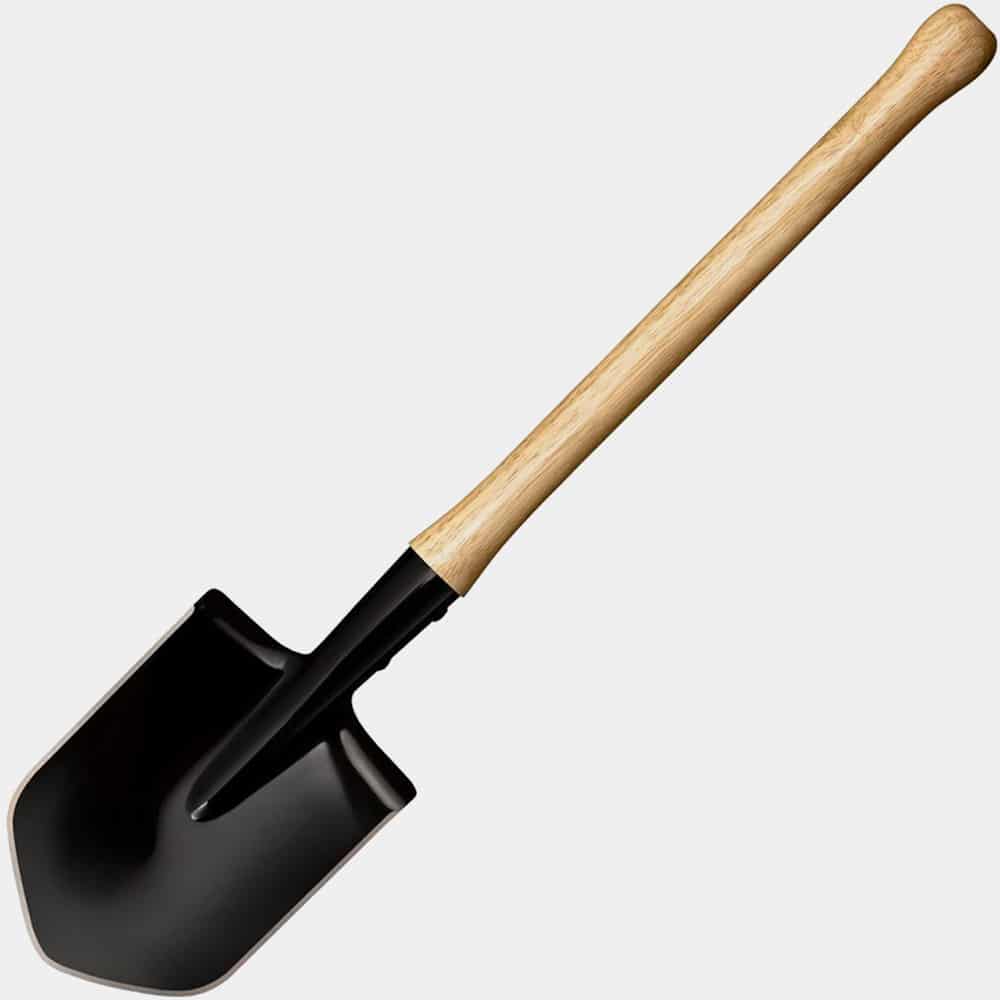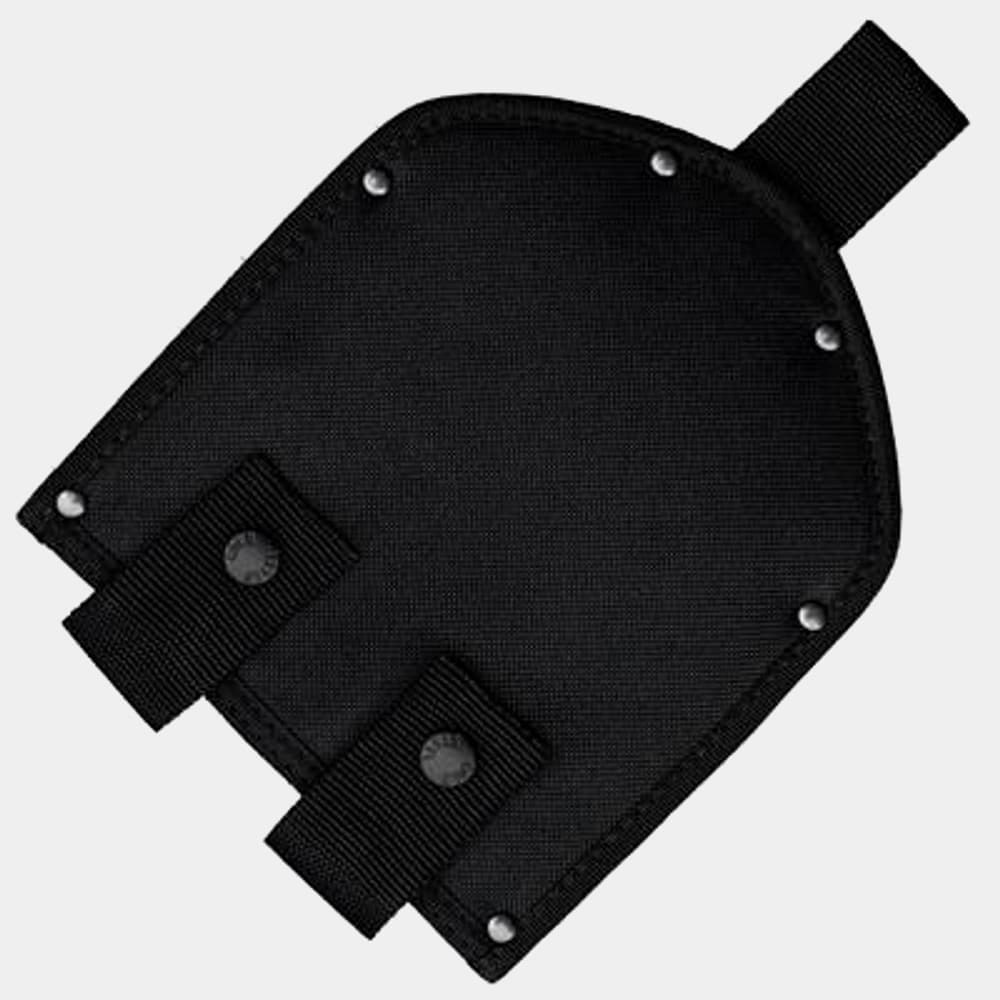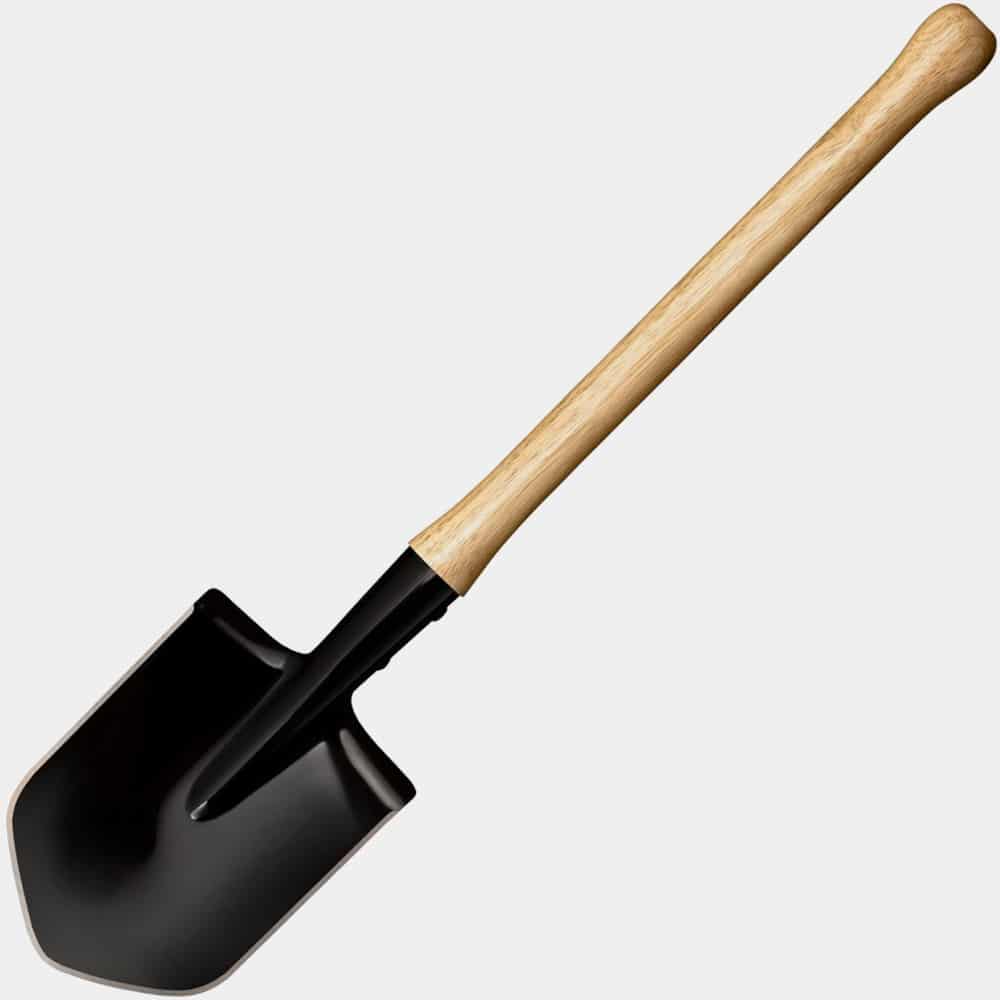Cold Steel’s Soviet Special Forces Shovel?
August 18th, 2025
7 minute read
In today’s article, Randall Chaney examines the Cold Steel Special Forces Shovel and the history that influenced its development. The Special Forces Shovel shown here is the author’s own and not a review sample.
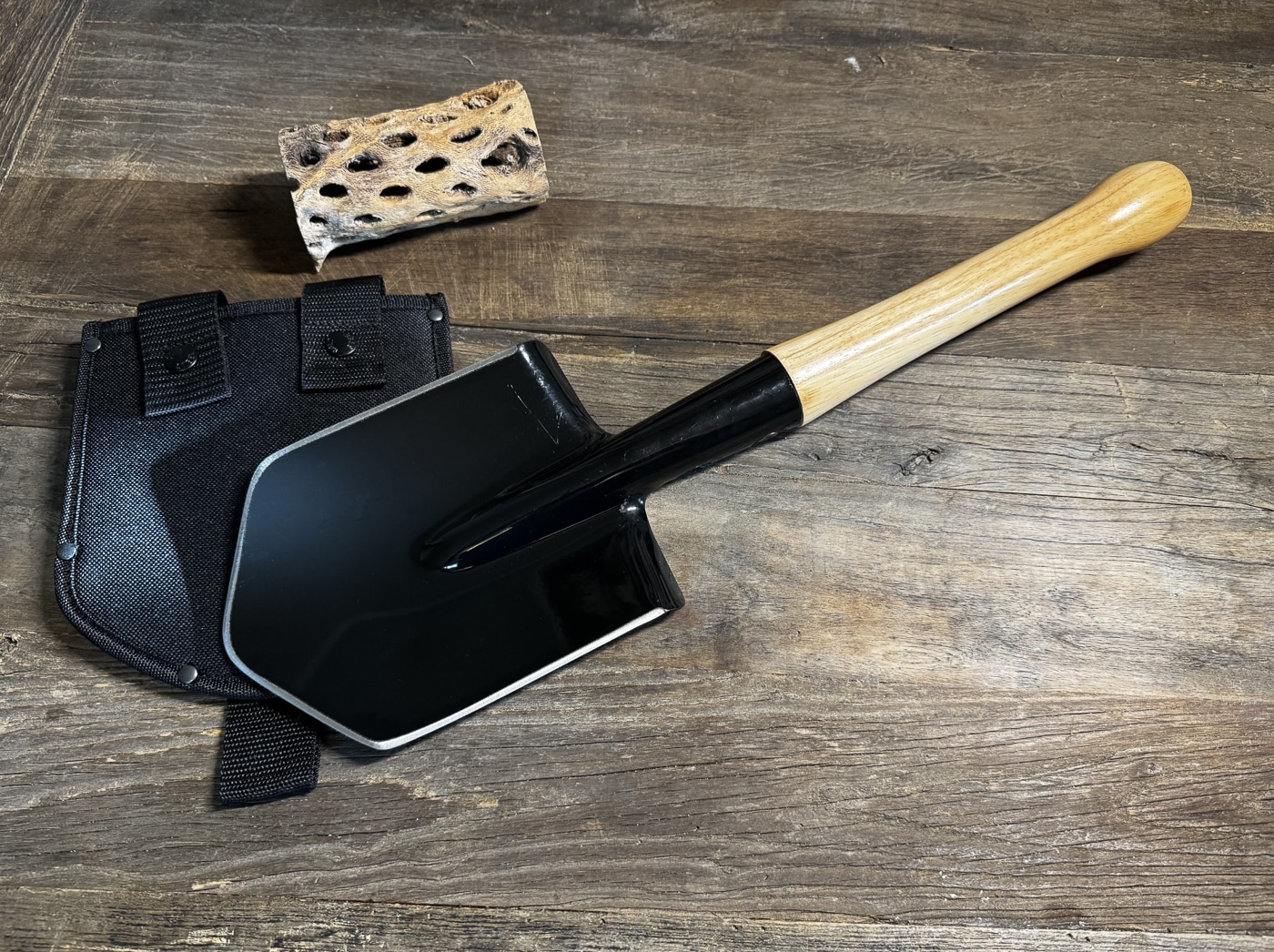
Entrenching tools have been around since the first men-at-arms needed to dig a hole to hide from harm’s way. In Denmark, the Fodfolksspade was patented by army Capt. Mads Linnemann in 1869. This square-shaped spade, the first modern E-tool, became popular among soldiers across pre-20th-century Europe. It would also be the grandfather of the Cold Steel Special Forces Shovel — the subject of our article today.
Digging Deep
I decided I wanted a small shovel for my pick-up truck. Hey, you never know when you or one of your Rhodes Scholar buddies might get their rig stuck and need to dig out. For many years, I had seen the Cold Steel shovel on the market. Intrigued, I bought one along with its Special Forces Shovel Sheath. Both items set me back an entire 35 bucks.
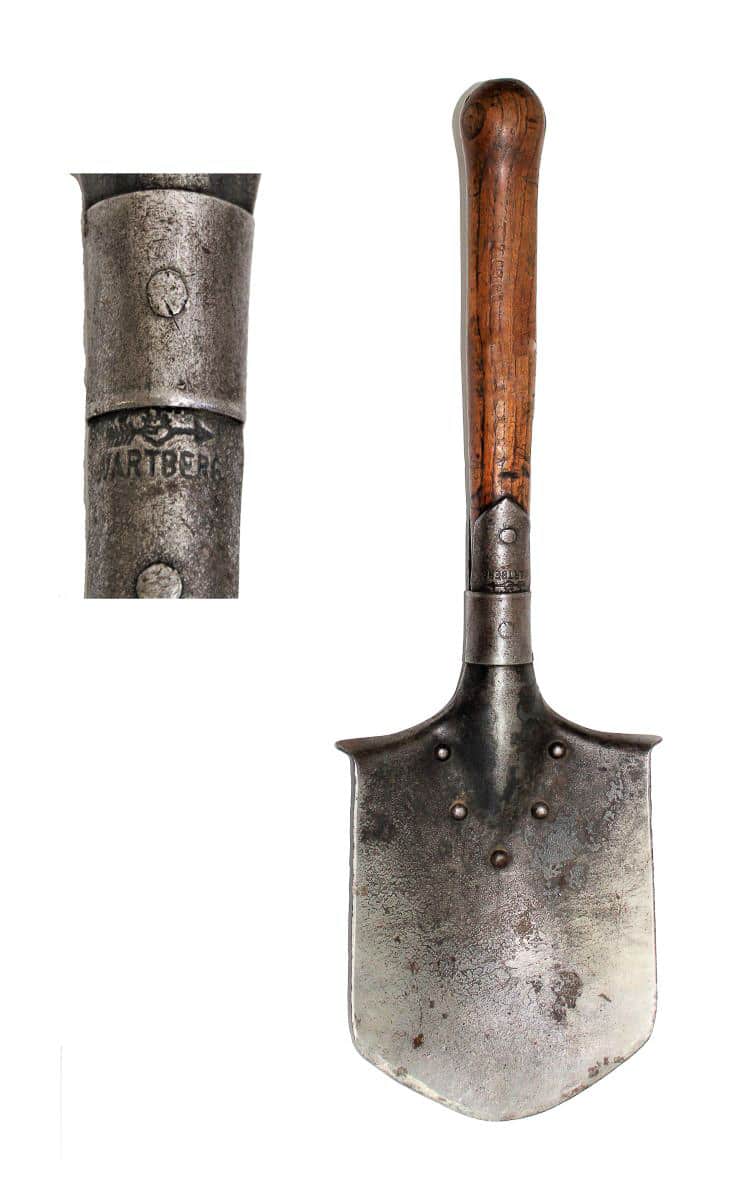
If the Linnemann Model was the grandfather of the Cold Steel shovel, a Russian shovel was its “отец” or father. The Russian Army (pre-Soviet Union) purchased 60,000 of Linnemann’s shovels. The design was perfect for its intended purpose and would evolve into the Soviet Sapper’s Shovel, the MPL-50. MPL means small infantry shovel (Malaya Pekhotnaya Lopata). The dash 50 denotes a full length in centimeters, or 20 inches.
Cold Steel, Inc.’s founder, Lynn Thompson, and his crew encountered the MPL-50, which was at that time known as the Soviet Spetsnaz Shovel. The Spetsnaz are special forces troops from former Soviet countries that differ from regular army units. Spetsnaz translates to “Special Designation.” These soldiers and sailors range from security specialists to quick reaction forces to Tier One-style counterinsurgency and hostage rescue special forces. Trained in all manners of hand-to-hand and weapons combat, interestingly, the Spetsnaz taught its soldiers to throw the MLP-50, if necessary.
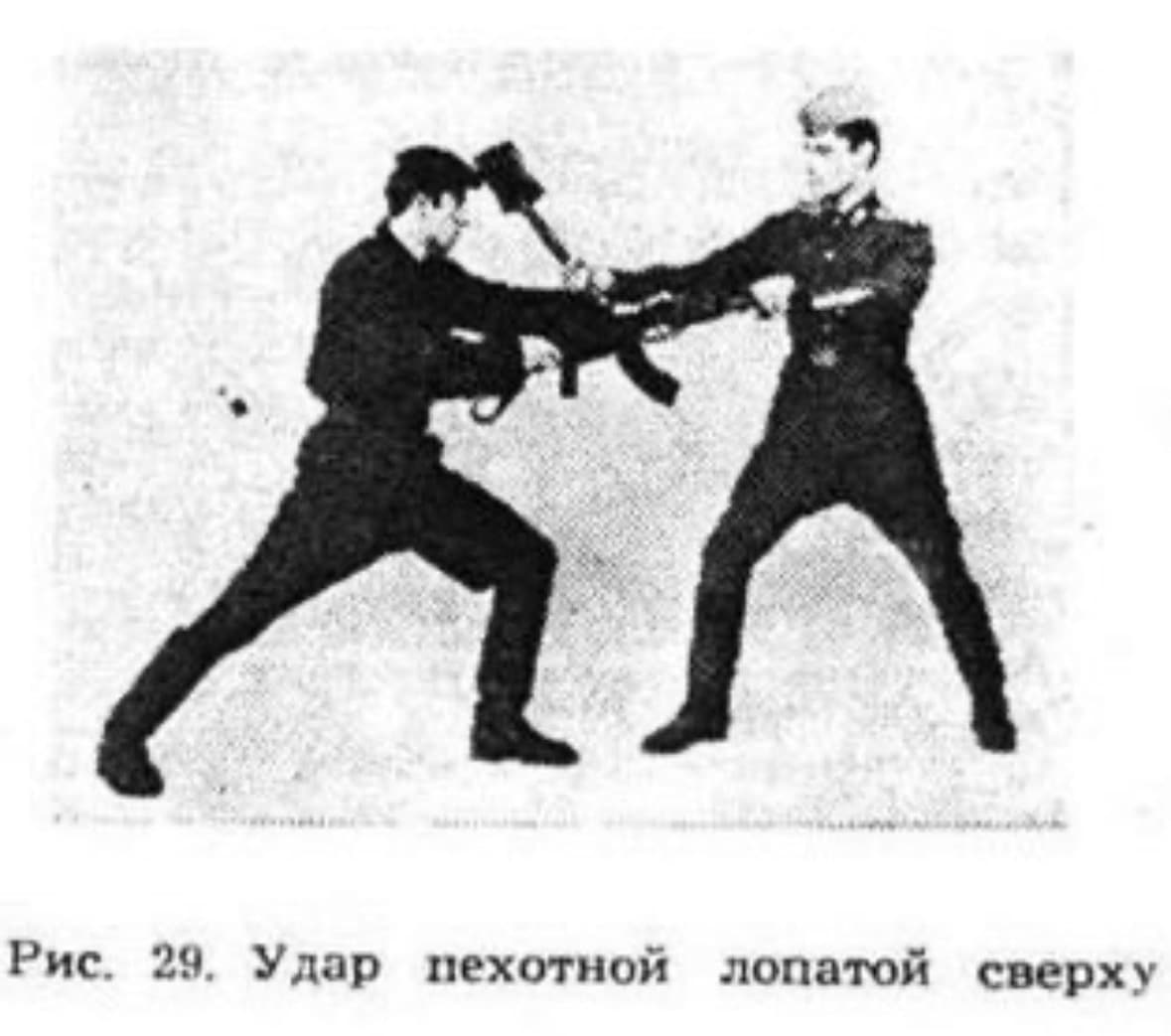
Cold Steel enthusiastically added this shovel design to the company’s roster in 2003 as a hearty, useful tool. It joined other products Cold Steel advertised as throwing weapons, such as the Sure Strike Star, Torpedo, Throwing Hatchet, True Flight Throwing Knife and others.
Thowing It Out There
Okay, I am the first to yell at the TV when a “hero” chucks his weapon at a bad guy. T.J. Hooker is a prime example. At best, you might inflict superficial damage; at worst, you would merely rearm the subject. Unless your escape strategy is to throw something, then run like hell, I see this move as a big fat nope.
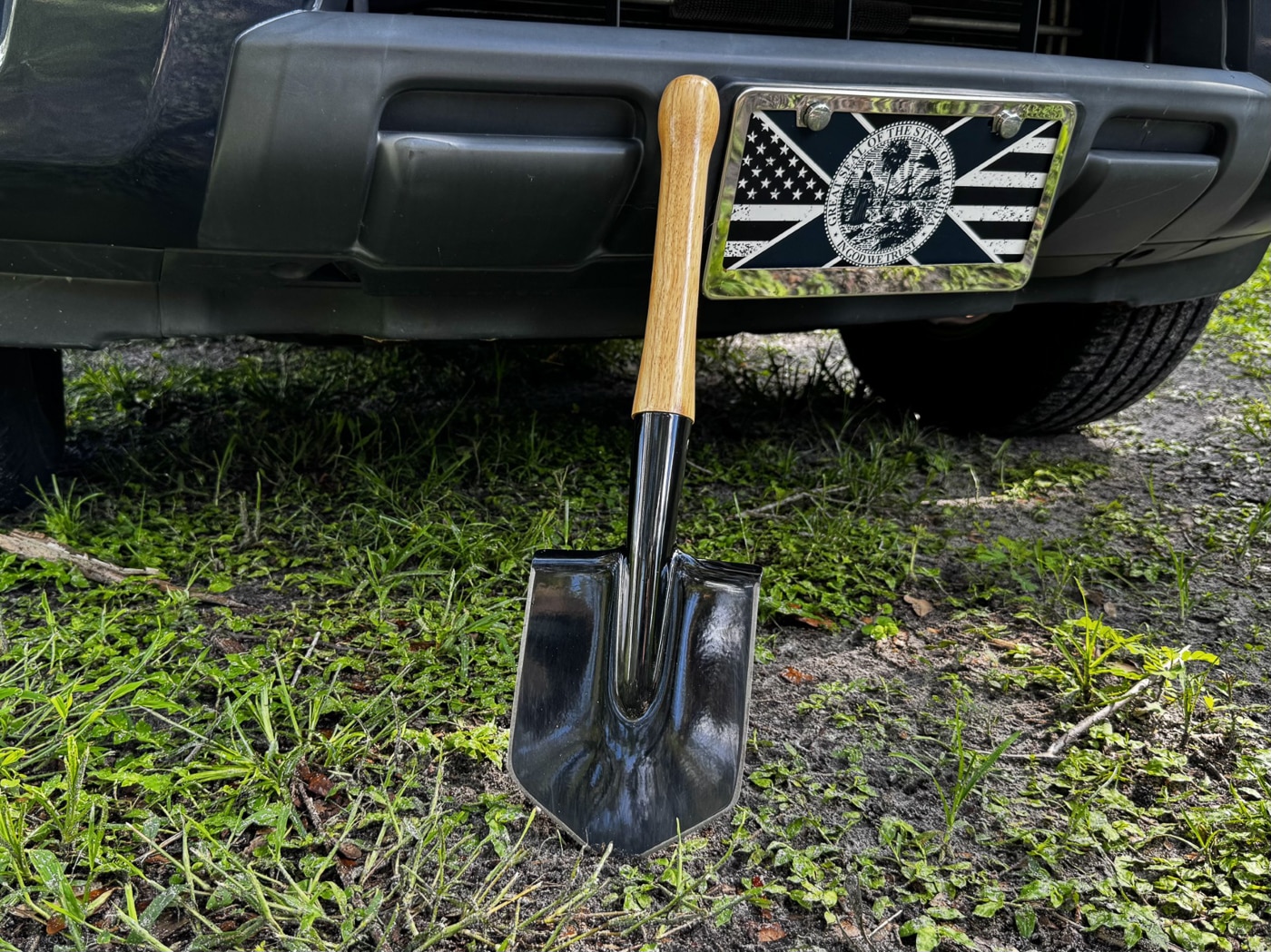
However, the Spetsnaz demonstrate it as a viable strategy. So, having doubts, I took the Cold Steel Special Forces Shovel into the yard for a flight. Like an axe, all the weight is up front. I backed up to what I thought would be one rotation of the shovel and spun it at multiple layers of cardboard backed by my archery target.
After a few tries, it landed with a thunk and stuck. Once I had the distance down, I could repeat strikes with the blade. Cold Steel sharpens fully three sides of the shovel’s head, so it has a remarkably good chance of penetration. I was impressed with how easily the shovel cut through the air and into the intended target. Given its weight and edginess, I would have to rethink characterizing this situation as “superficial damage.”
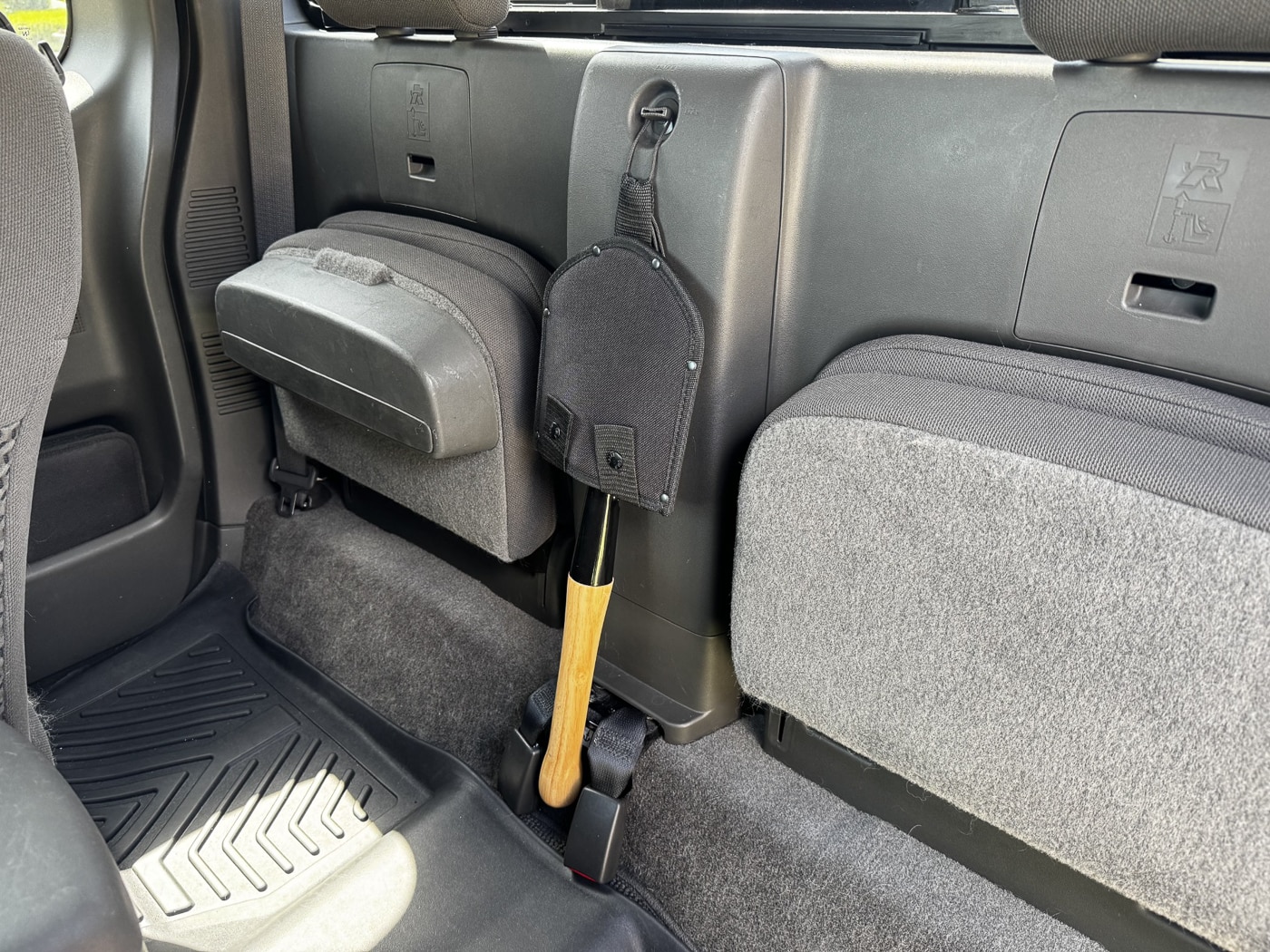
Another intended use for the MPL-50, and by like design, the Cold Steel shovel, is a close-quarters weapon. Overhand strikes and thrusts are intuitive. The shovel can block attacks. Spetsnaz troopers can be seen on the internet demonstrating some fairly complicated disarms and joint locks. What I observed were obviously well-practiced maneuvers. Again, it comes down to repetition.
The Details
Fun things out of the way, the Cold Steel Special Forces Shovel has a coated carbon steel blade. The footsteps are just wide enough to generate force when digging. The neck socket is welded shut along the seam, which aids in its durability. Two large Phillips screws anchor the hickory handle into the socket. There were still lathe spindle marks on both ends of the handle, similar to the MPL.
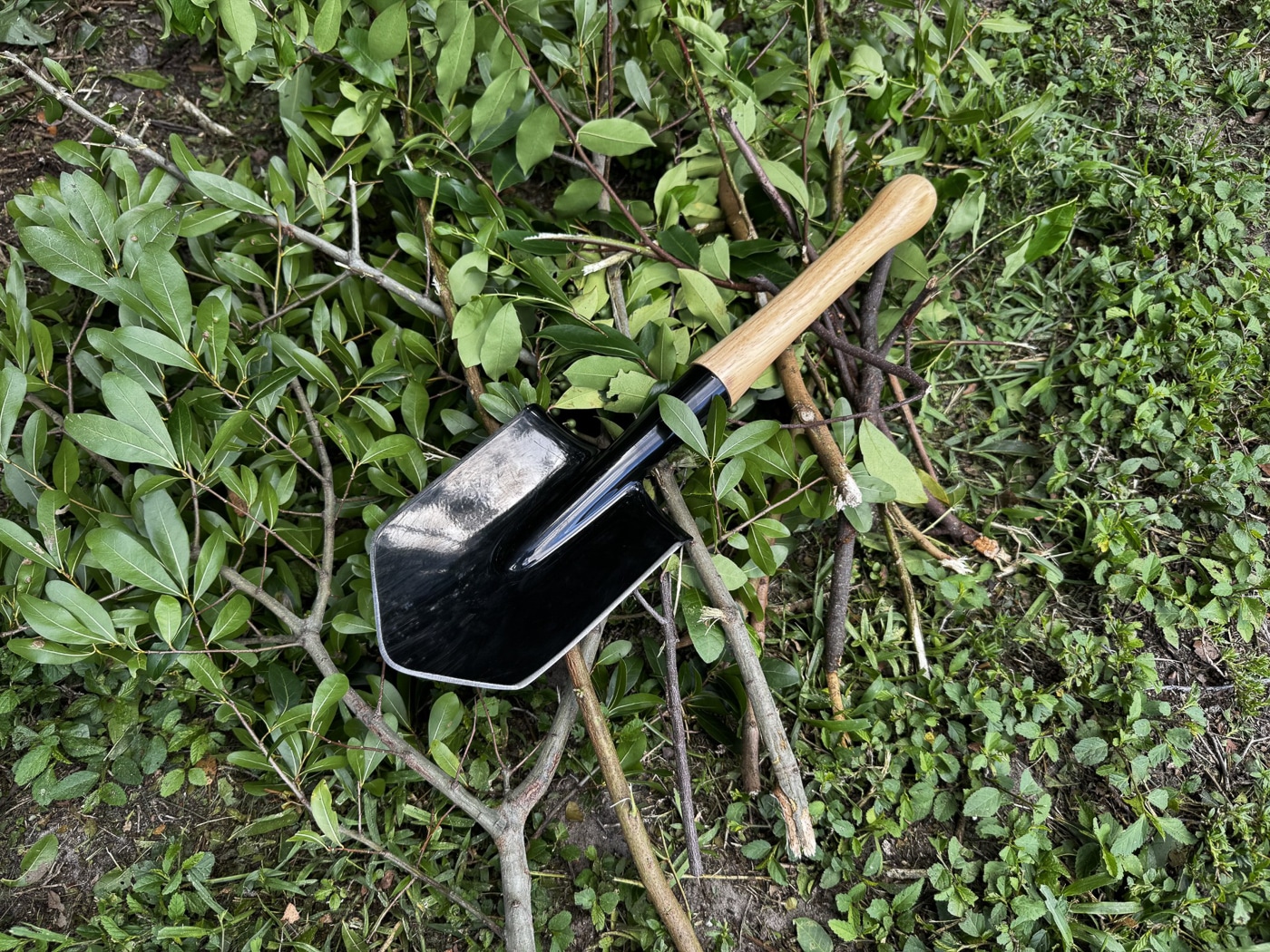
Honestly, the SF Shovel was bigger than I had imagined when it arrived. Like the MPL-50, it is 20 inches in length. At 25.7 ounces, or just over a pound and a half, it feels sturdy. The edges on the blade were sharp, but not too fine, so as not to chip under hard use. I suppose I will keep the keen edges on the sides for chopping and let the front of the blade dull with use.
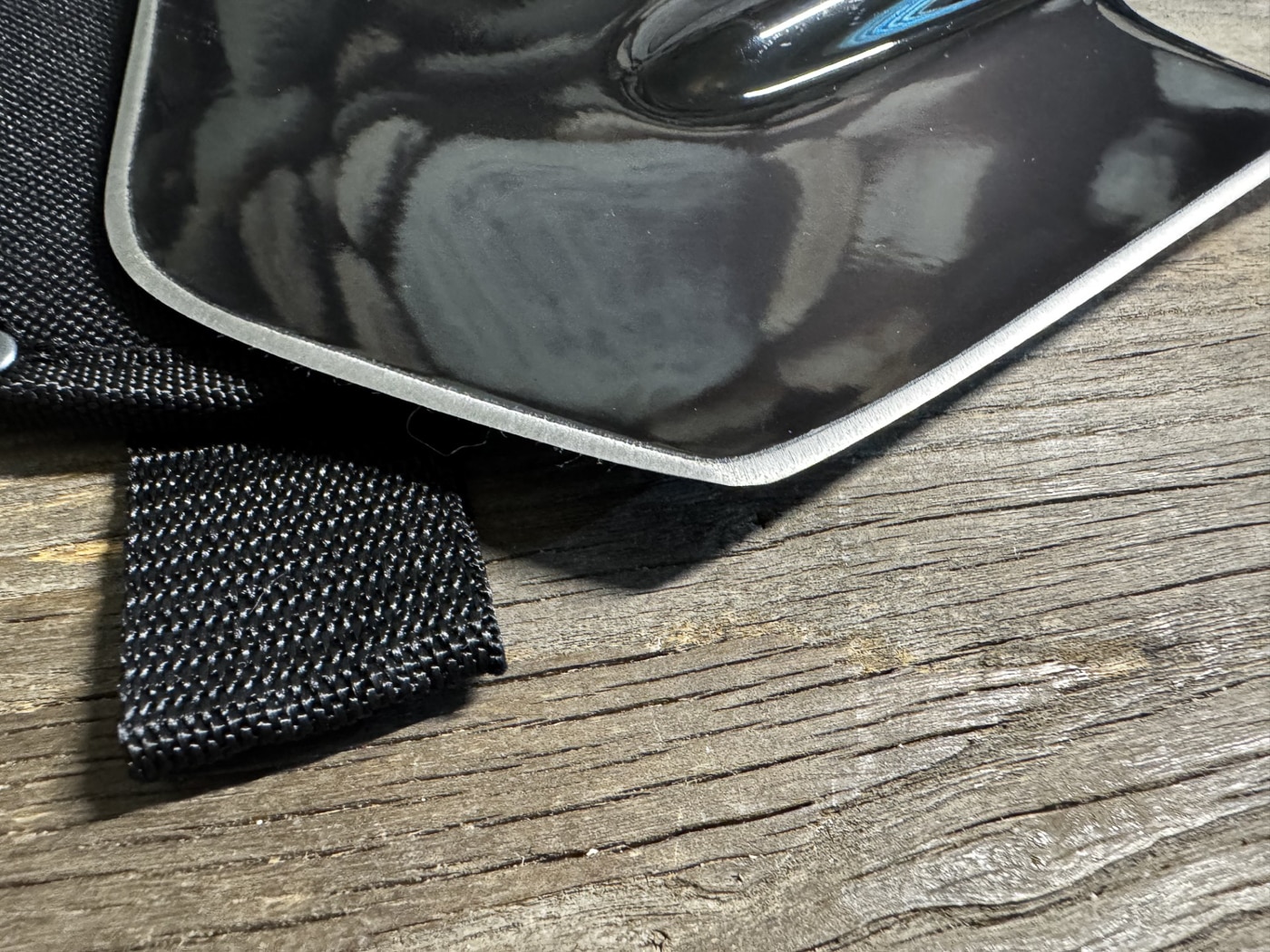
Using the Cold Steel shovel as a hand axe, I cut at some pesky shrubbery and downed branches. It definitely handles like a large hatchet, with nearly all the heft transferring down on the cut material. As a field-expedient paddle I tested it in my pool, pulling the concave head through the water. Yes, it would generate forward motion.
Another quirky use I saw in research for the MPL-50 was as a cooking implement. It seems Soviet soldiers could use the shovel head to roast wild-caught game over an open flame (if the fire did not attract enemy attention). That would work with the MPL, since it was plain, uncoated steel. Cooking would not be advisable with Cold Steel’s offering, since the blade is painted and likely not food safe over heat.
The Cold Steel nylon sheath has two retention snaps for the shovel’s blade. A loop of nylon webbing at the top and a strap that runs the length of the sheath are the two mounting points. I put a hitch of paracord on the loop and let the shovel hang from a latch between the jump seats in my King Cab. The strap can be used for affixing the shovel to a belt or pack.
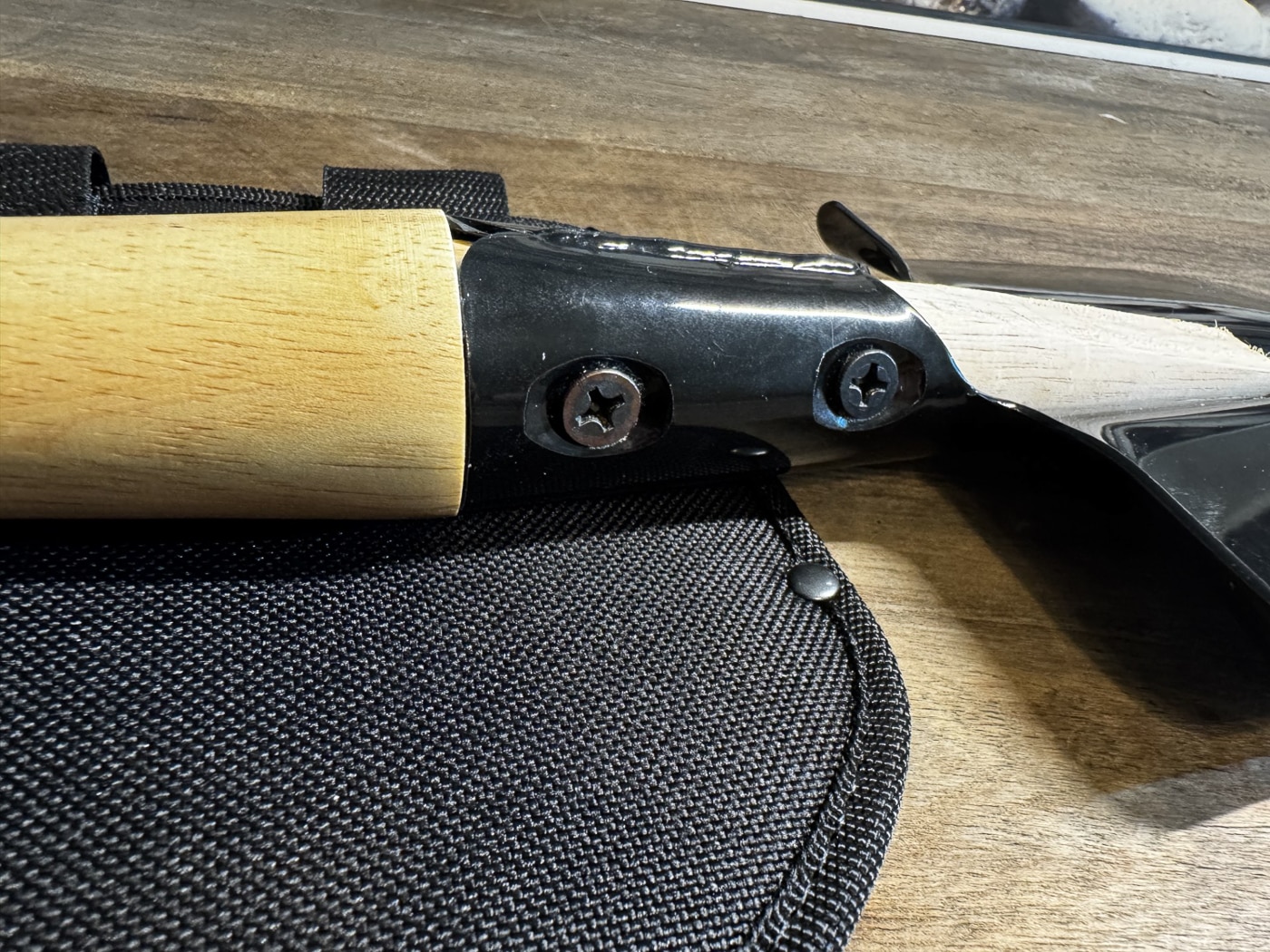
If you need a bit more handle for real entrenching or shelter construction, Cold Steel makes the Spetsnaz Special Forces Trench Shovel. This upsizes the shovel to a 30-inch overall length and a slightly larger blade. While it performs all the duties of the smaller shovel, what it gives up in portability, it gains in functionality.
Special Forces Shovel Specs
| Overall Length | 19.68 in |
| Blade Thickness | 2mm (shovel head) |
| Blade Steel | Coated Medium Carbon Steel |
| Handle Material | Hardwood Hickory |
| Sheath | Cor-Ex Nylon Sheath |
| Weight | 25.7 oz |
| MSRP | $31.99 |
Conclusion
A final thought on shovel combatives. It was widely reported in early 2023 that Russian troops fighting in Ukraine had to resort to using their MPL-50s because of a shortage of ammunition. Regardless of the story’s veracity, there are many documented examples of soldiers, including US Medal of Honor recipients, using entrenching tools as last resort lethal weapons. Chilling.
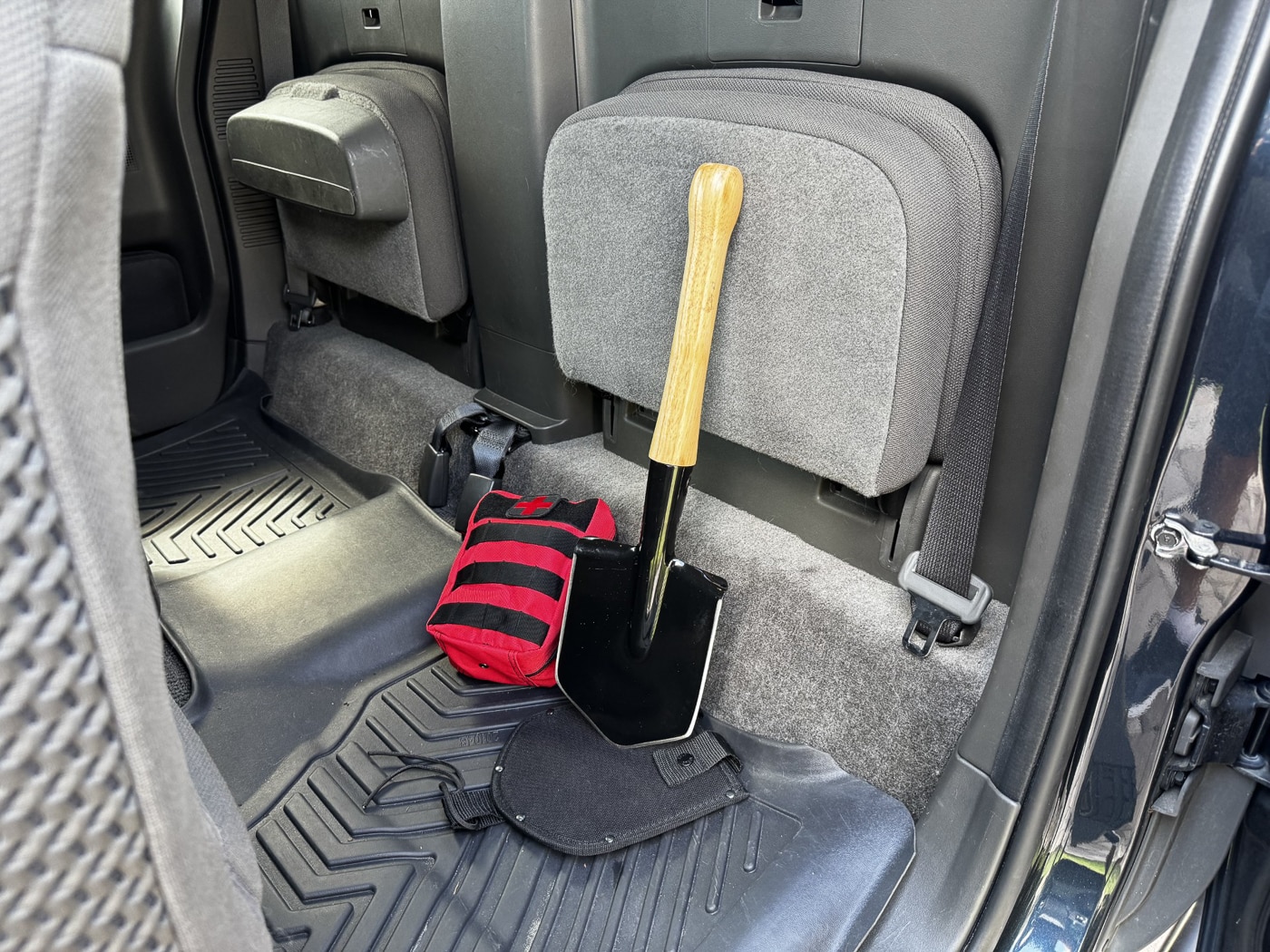
After handling the Cold Steel Special Forces Shovel, I can verify it is an economical multitool that will work with distinction in the garden, at the bivouac or from a vehicle. From Danish Capt. Linnemann to the Russian Spetsnaz, this faithfully reproduced spade can find its niche on and off the battlefield.
Editor’s Note: Please be sure to check out The Armory Life Forum, where you can comment about our daily articles, as well as just talk guns and gear. Click the “Go To Forum Thread” link below to jump in and discuss this article and much more!
Join the Discussion
Featured in this article
Continue Reading
Did you enjoy this article?

 64
64




